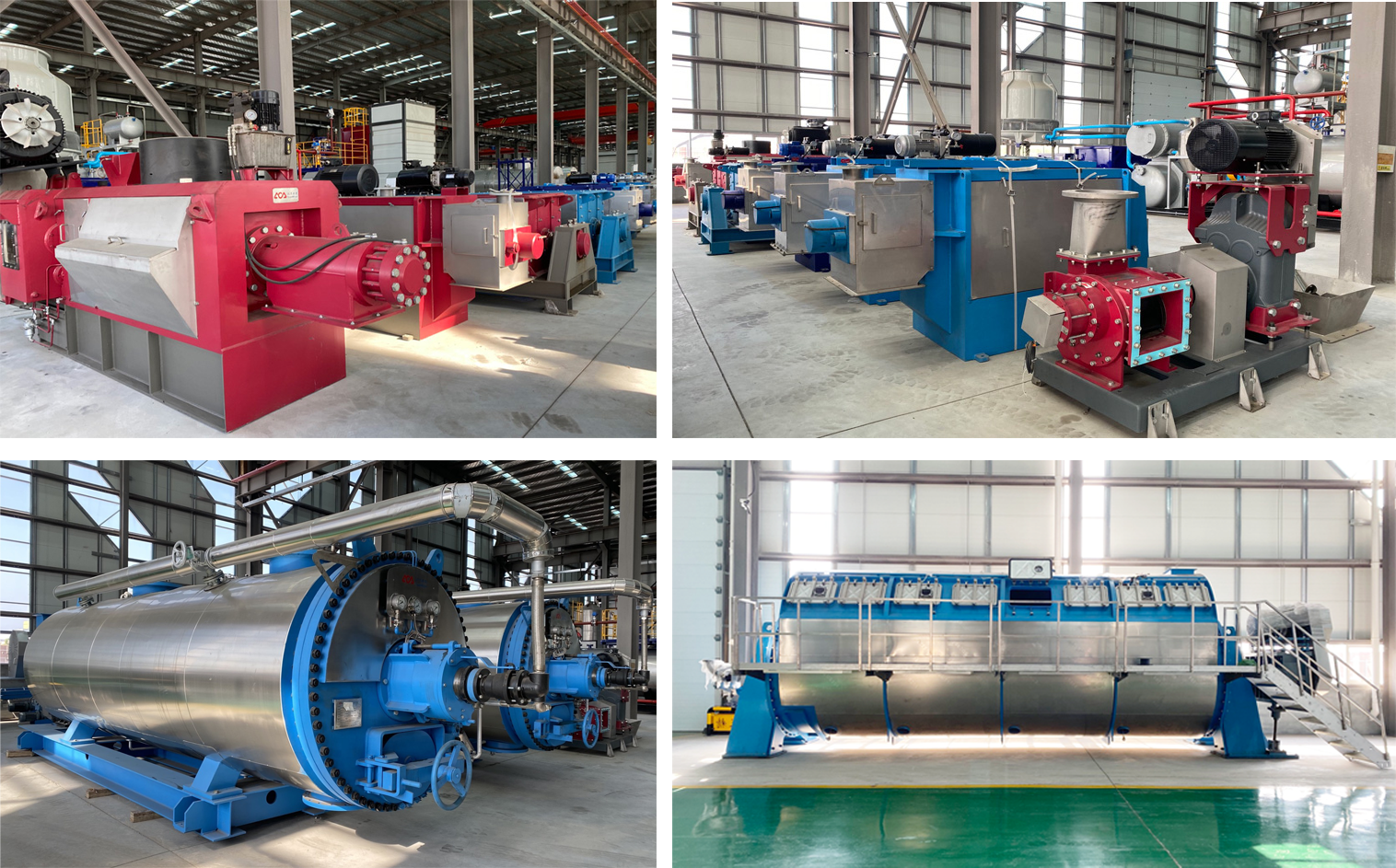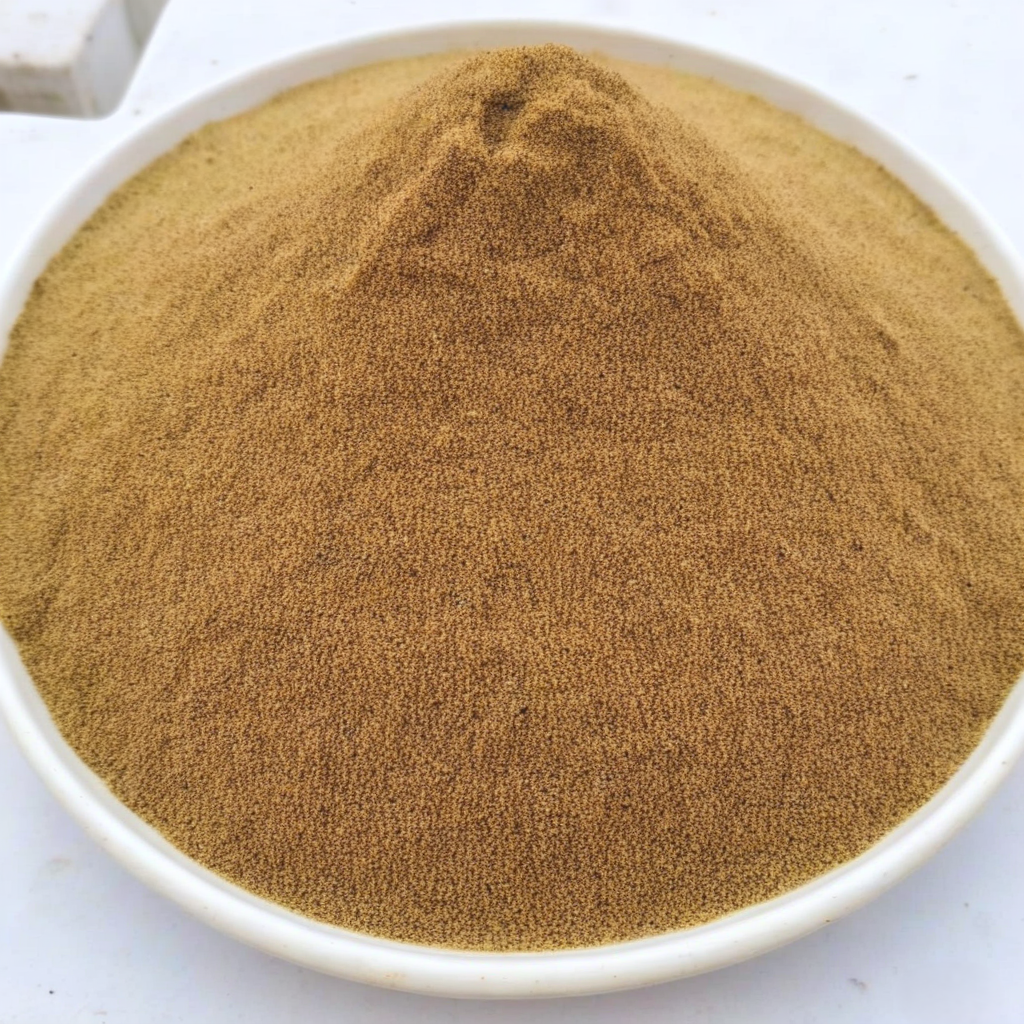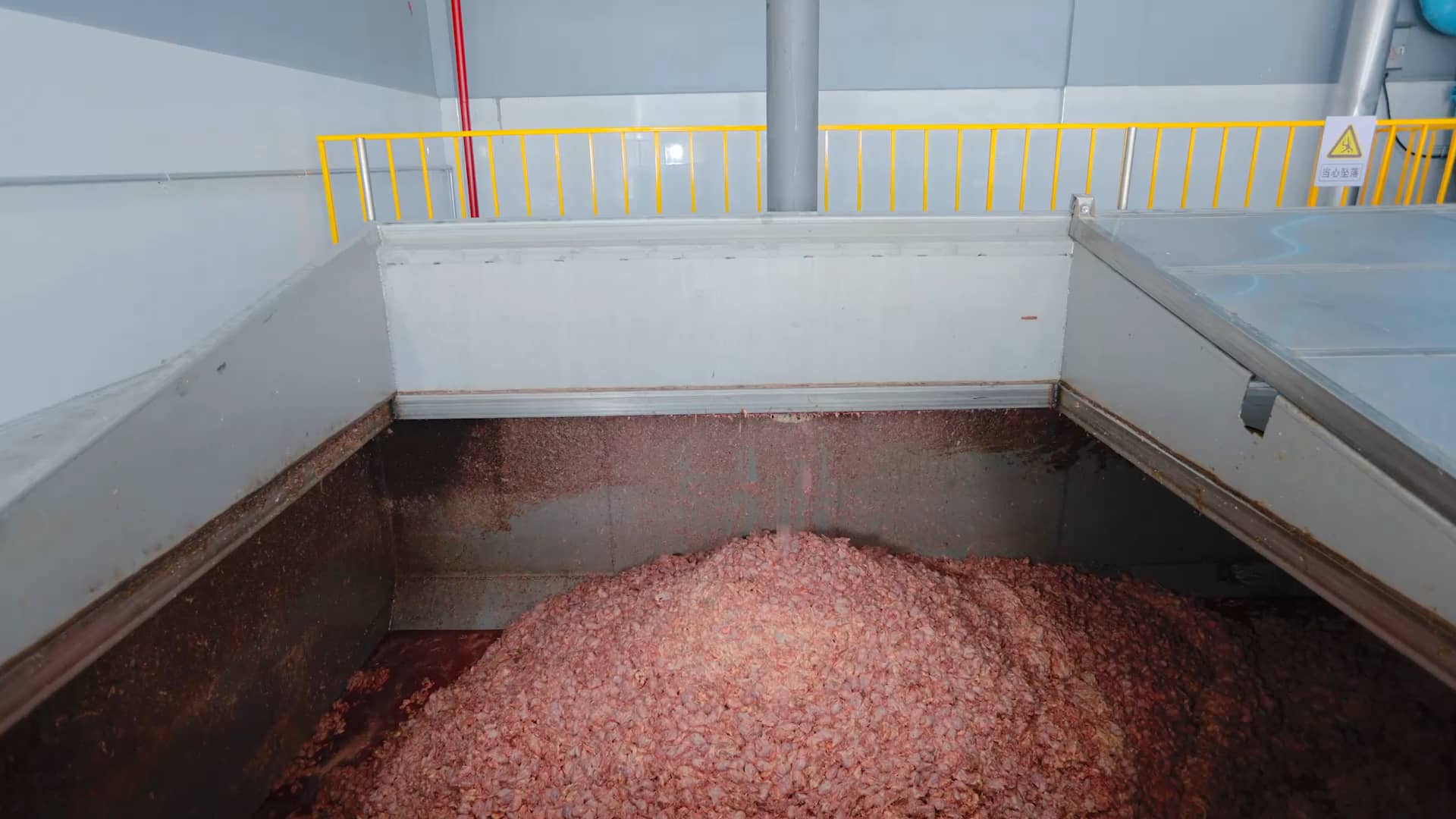
Things You Need To Know About The Rendering Of Dead Poultry
Things You Need To Know About The Rendering Of Dead Poultry
Poultry Rendering is a process that converts poultry by-products into valuable materials.
Rendering of dead poultry is a process that converts poultry by-products into valuable materials. This process is done by first cutting the raw product into smaller pieces, then heating it in a large Sunrise Batch Cooker until it liquefies. The liquefied material is then strained through a filter press and allowed to cool, producing a high-quality protein meal and a light grease called tallow.
Rendering of dead poultry has been practiced for over 100 years and has been used primarily for animal feed. However, in recent years there has been increasing interest in using poultry by-products as alternative fuels. These fuels are used to generate electricity or heat without adding pollutants to the atmosphere.
In addition to being used as an alternative fuel source, rendering dead poultry also produces products that can be used as fertilizers for lawns and gardens among other uses.
A rendering plant is one of the safe and hygienic ways of disposing of animal and poultry by-products.
A rendering plant is one of the safe and hygienic ways of disposing of animal and poultry by-products. A rendering plant is a facility where animal by-products are processed into meat and bone meal (MBM) or tallow for use as feed ingredients or other uses such as soap making, cosmetics, and pharmaceuticals.
A rendering operation that consists only of collecting dead animals from farms, ranches, and slaughterhouses; then transporting them to the facility; sorting out undesirable organs (such as brains) and viscera; chopping up carcasses into smaller pieces; It is sterilized, hydrolyzed, and dried under high temperature and pressure, then pressed at high temperature, after which the oil is centrifuged and driven into the finished oil tank, where the powder is crushed and then packaged.
Some rendering plants also produce biodiesel fuels from recycled cooking oil. The process used by rendering plants is called “dry rendering” as opposed to wet rendering, which is done at home on a smaller scale. Rendering plants can be found in most countries around the world. They are often located near farms where they can take advantage of locally produced animal by-products such as meat trimming, bones, liver trimmings, and waste fat collected from slaughterhouses.
The rendering process can be categorized into 2 types. They are batch systems and continuous systems.
The rendering of dead poultry process in the rendering plant can be categorized into 2 types. They are batch systems and continuous systems. A batch system is a processing system used to process the by-products of slaughtering animals in small batches at a time. It is suitable for small slaughterhouses and farms and is relatively inefficient in terms of processing volume. In contrast, continuous systems used to process large quantities of animal slaughter by-products are suitable for large slaughterhouses and farms, with high throughput and relatively high efficiency.
In a batch system, each part of the rendering process is done separately. So there will be a separate area for crushing, cooking, and cooling. This type of system is mostly used because it is easier to clean up after each process if anything goes wrong or there is an accident. However, this type of system is less efficient than continuous systems since they usually require more labor and time to complete one batch.
On the other hand, the continuous system is continuous discharge in the most important link, this process saves time, is more efficient than the batch system, saves manpower and energy consumption, and improves production efficiency.
The rendering of dead poultry process gives good animal byproducts – fat/oil and meat meal.
Rendering of dead poultry is a process that involves the melting down of fat to produce tallow. It is similar to the rendering process used in making lard, which uses pork fat, but it is a different process from that used in making soap or biodiesel.
The rendering plant receives large amounts of animal carcasses (often trucked in from large slaughterhouses), as well as fats and grease generated by restaurants and food processors. The rendering process involves melting the fat and converting it into a semi-solid material called tallow. Tallow and other products made from animal fat are called tallow derivatives. Tallow can be used to make soap, candles, lubricants, cosmetics, industrial products, and biodiesel.
The solid parts are then separated from the liquid parts through pressing or centrifuging. The solid parts are called “meat meal”. The liquid part is called “grease” These products are then sold to consumers or processed further into other products such as soap or pet food.
All different types of poultry including chickens, ducks, turkeys, etc can be rendered.
Rendering is a process of cooking down animal fats or other types of fat to create tallow/lard or other products. The process also produces a protein-rich animal feed called meat and bone meal.
All different types of poultry including chickens, ducks, turkeys, etc can be rendered. If you are rendering a large amount of poultry, it is best to use a commercial-grade rendering machine such as Sunrise Fat Screw Press or Batch Cooker rather than trying to do it all by hand in a pot on the stovetop.
Conclusion
Rendering of dead poultry plays an important role in environmental protection, food safety, and the livestock nutrition industry. If you have any needs for rendering poultry machines, Sunrise is willing to offer you the best products and services. As a leading supplier of rendering plant equipment, we can provide you with the best quality and reasonable price. Sunrise will continue to strengthen our R & D capabilities and improve quality management to provide high-quality products and services to customers around the world.



